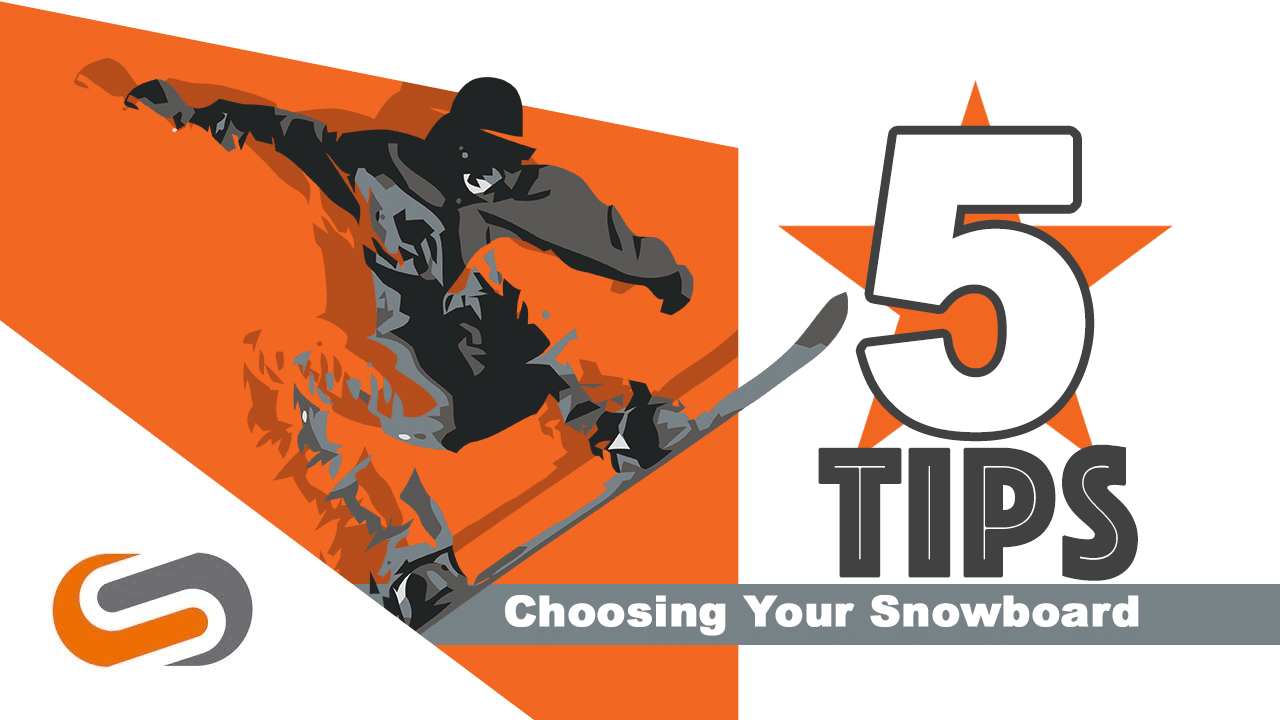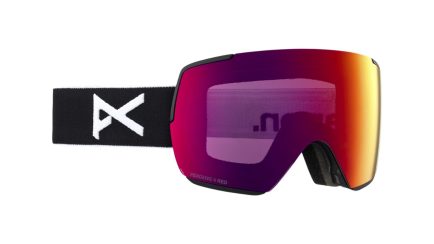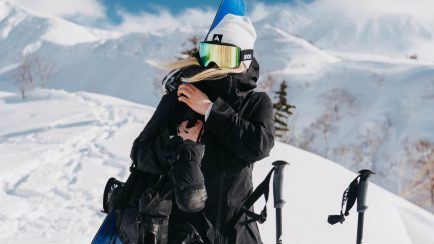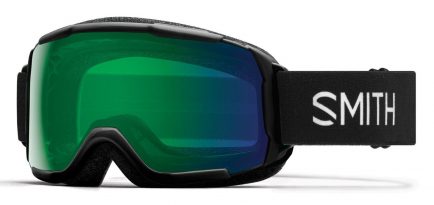If you are new to snowboarding, choosing the right snowboard is an important step towards enjoying the slopes. These are our 5 tips to help get you started choosing the right snowboard.
1. Should I buy a New or Used Snowboard?
It’s a good idea to start with a used snowboard and save money. It will take some time to learn what type of snowboarder you are, so putting down less money for a used board gives you more money when you go new. You need to know the quality of a used board, so choosing a reputable re-sale shop can help you out. They are there to help you choose the best used board because they want you to come back for your next-up buy. If you just gotta buy new, that's okay and the following still applies.
2. What Snowboard Length do I Need?
To spin and maneuver on the terrain or half-pipe, you want to go with the smaller board. Large snowboards are used for freeriding allowing more stability and speed. However, it’s a known fact that a beginner will benefit from the lighter weight and less bulk of a smaller board, so keep that in mind when looking at the sizing chart. Overall, think of it like surfing - the long board is for riding the wave in, and the smaller boards are easier to cut and turn. We suggest renting if you are a beginner so that you can try out different lengths. This will come in handy when it comes time to buy.
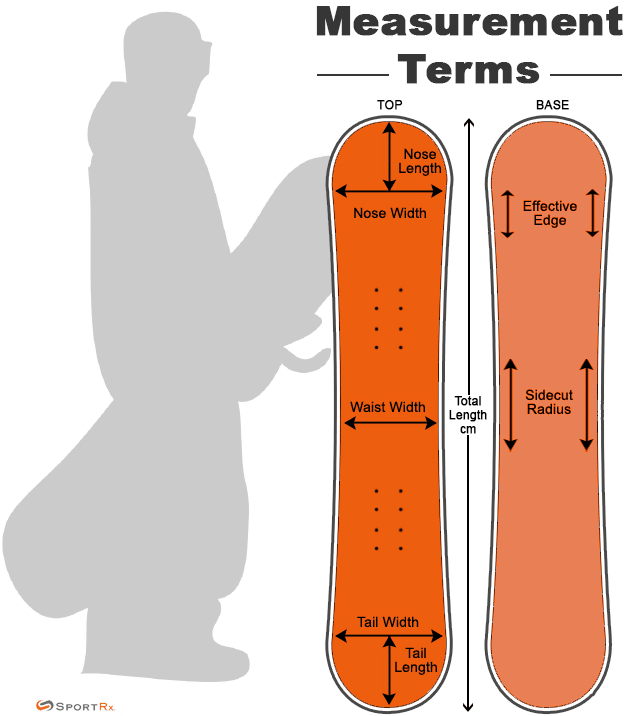
Get familiar with the measurement terms.
3. How do I Measure Snowboard Width?
Consider a wide board if your shoe size is 11 or above. Heel and toe drag can wipe you out so it’s important to get this right. A good rule of thumb is to measure your feet while standing on the board at the bindings. With your shoes off, your toes and heel should be within 5 mm overhang and 5 mm underhang. This will compensate for your boots and get you in a good range avoiding drag.
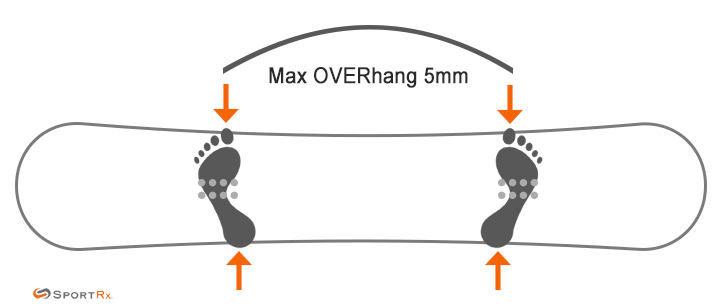
Measuring with your shoes off between 5 mm overhang and underhang.
4. Which Snowboard Profile - Camber or Rocker?
The shape of a snowboard is known as Camber. The Camber relates to the profile and it’s important to understand the different profiles before you shop. There are many styles out there but here are the two most common.
Traditional Snowboards (aka Camber)
This profile offers more spring for lifting off the ground, while keeping the board flat with a full surface contact. This is done by the 4 points of contact at each corner, and an arch in the middle of the board that responds to terrain and weight.
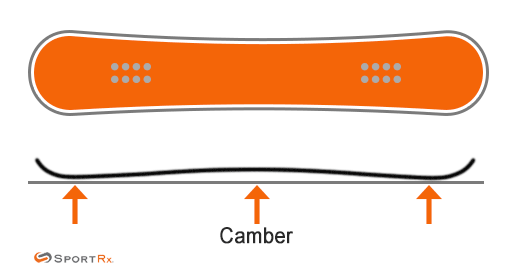
Snowboard Profile - Camber
Rocker Snowboards (aka Reverse Boards)
This profile is less likely to nose under in deep powder because the board curves up near the tip and tail. In general, these boards give you less precision but more stability and perhaps the better choice as a beginner.
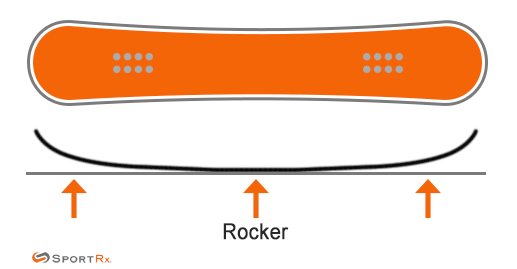
Snowboard Profile - Rocker
5. Which Snowboard for Riding Style and Terrain?
There are 4 types of boards that generally fit the various riding terrains.
- All Mountain - This is the most popular style of snowboard and covers most of the terrain you will meet.
- Freestyle - These boards are usually less stable and much more flexible allowing the hot-doggers to land the tricks.
- Splitboard - These boards are specifically for the backcountry and split into halves for easy transport while touring or uphill travel.
- Freeride - Built to go fast downhill and not intended for tricks.
Prescription Snow Goggles at SportRx
We hope you found this How-To useful. If you need help picking out new snow goggles, we carry a large selection of prescription and nonprescription ski & snowboard goggles. Our certified experts are available by phone and email to answer any of your questions. Contact Us! We'd love to hear from you and assist you any way we can. Expect great service, leave with the perfect frames at SportRx.

